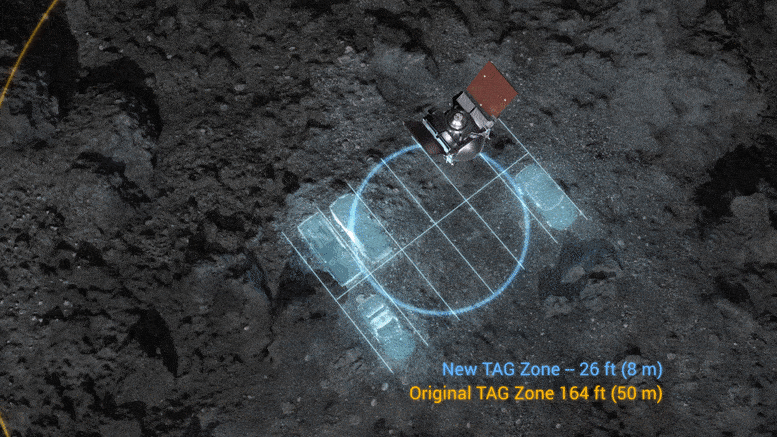Sharon and Ram Dev will explore the idea of universal compassion including the boundless nature of our hearts and the ability to stay open in the face of divisiveness, chaos and uncertainty. They will look at timeless wisdom and time-tested methods that help us move beyond the struggle and into loving what was previously unlovable.
Event will include meditation and live Q & A.
____
Ram Dev (Dale Borglum) founded and directed the Hanuman Foundation Dying Center in Santa Fe, New Mexico, the first residential facility in the United States to support conscious dying. He has been the Executive Director of the Living/Dying Project in Santa Fe and since 1986 in the San Francisco Bay Area. He is the coauthor with Ram Dass, Daniel Goleman, and Dwarka Bonner of Journey of Awakening: A Meditator’s Guidebook, Bantam Books and has taught meditation since 1974. Dale lectures and gives workshops on the topics of meditation, healing, spiritual support for those with life threatening illness, and on caregiving as a spiritual practice.
____
Sharon Salzberg is a meditation pioneer and industry leader, a world-renowned teacher and New York Times bestselling author. As one of the first to bring meditation and mindfulness into mainstream American culture over 45 years ago, her relatable, demystifying approach has inspired generations of meditation teachers and wellness influencers. Sharon is co-founder of The Insight Meditation Society in Barre, MA, and the author of eleven books, including the New York Times bestseller, Real Happiness, now in its second edition, her seminal work, Lovingkindness and her newest book, Real Change: Mindfulness To Heal Ourselves and the World, coming in September of 2020 from Flatiron Books.
Sharon’s secular, modern approach to Buddhist teachings is sought after at schools, conferences and retreat centers around the world. Sharon is the host of her own podcast, The Metta Hour, featuring 100+ interviews with the top leaders and voices in the meditation and mindfulness movement, and her writing can be found on Medium, On Being, the Maria Shriver blog, and Huffington Post.
____
To learn more, please visit RamDass.org
If you’d like to sign up to join the Ram Dass Fellowship, visit RamDass.org/Fellowship






